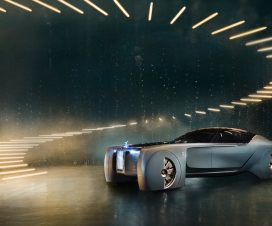 |
Compared with fuel vehicles, EV battery is the main restriction for electric vehicles. In this passage, we will find out what are factors we should be concerned with when you want to prolong EV battery life and avoid doing things that will cause damages.
EV battery vs fuel vehicles battery
As suggested by MaxWorld Power, for fuel vehicles, the car life can be more than 15 years, while for car manufacturers, the general evaluation of the car’s service life is measured by kilometers. At present, mainstream manufacturers design cars with a service life of about 300,000 kilometers. Generally, it varies according to the vehicle’s annual use history. According to the current national policy, if a private car can pass the inspection, there is no limitation on the retirement age. For electric vehicles, technologies such as motors and motor controllers are already very mature, and other parts and components are the same as fuel vehicles, so these are not considered, so the battery life that has the greatest impact on the life of electric vehicles is the life of the battery. In other words, the life of car batteries restricts the life of electric vehicles.
Factors affecting EV battery life
Current new energy vehicle batteries are ternary lithium batteries or lithium iron phosphate batteries, the latter generally have a longer life.
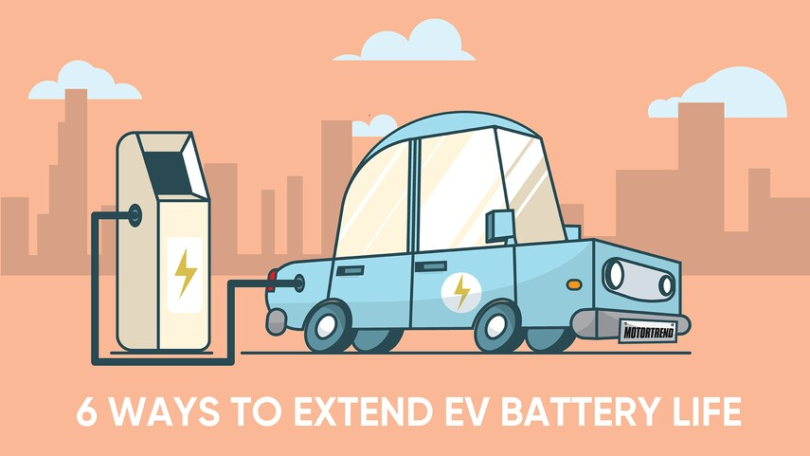
The following factors affect the battery life of a new energy vehicle: several charge cycles, time, average charge and discharge power, battery storage and working environment temperature, and charge and discharge depth.
1. Number of charging cycles.
Normally, under ideal conditions, the number of charge cycles can reach about 1,000 to 2,000, guaranteeing at least 70% of the available capacity. For PHEVs, the total mileage per cycle is about 50-80 km, so about 100,000 km can be used for pure electricity before discarding the battery. However, PHEVs are often hybrid-powered and have a long mileage, so they may be recharged depending on the number of times. In any case, the PHEV has a small battery capacity, which shortens its useful life. Theoretically, a PHEV private car has a useful life of about 5-10 years.
However, BEV is easier to calculate. Taking the mainstream 400km model as an example, it can run 400km on a single charge. For 100,000 kilometers (driving vehicle) per year, the theoretical life is 4 years. For 20,000 kilometers per year (private car), the theoretical lifespan is 20 years (it is worth discussing authenticity), does this mean that if you use 5,000 kilometers per year, you can use it for 80 years? This involves the following factors:
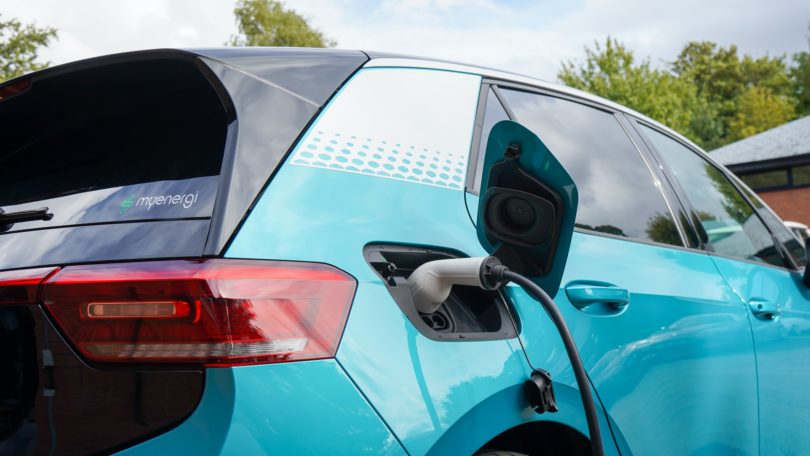
Source: unsplash.com
2. Use time
Generally, as long as the battery is properly maintained, there is no problem after 10 years of use. Because of various maintenance problems and the decay of the active material of the battery itself, it would be harder to tell for longer time. Judging from practical experience, under proper storage conditions, the calendar life of the battery is more than 10 years is not a problem, but it is hard to say more than 20 years.
3. Average charge and discharge power.
In short: fast charging affects battery life. According to various automotive news, if the BEV is fast charge accounting for 80% of the total situation, and slow charge accounting for 80%, in terms of the battery decay rate, the former is slightly faster, but not obvious. People in the battery industry have also said that slow charging is beneficial to battery life, but the impact of fast charging is not as obvious as imagined.
4. Battery storage and working temperature.
Temperature also has a greater impact on EV battery life. If the battery is operated for a long time below O degrees Celsius or above 40 degrees, it will accelerate the aging and capacity decay of the battery, and this decay is irreversible. Fortunately, today’s new energy gas vehicles are equipped with a battery temperature control system, which can make the battery pack work at a more suitable temperature.
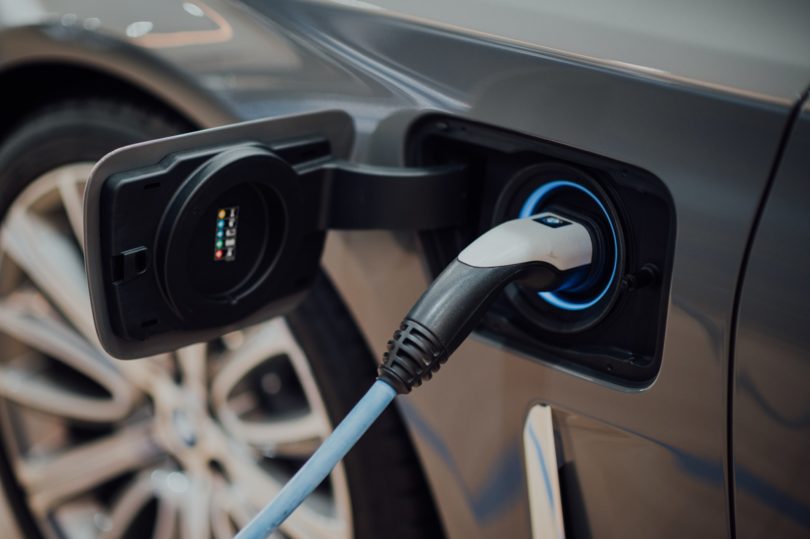
Source: unsplash.com
5. Depth of charge and discharge.
Many people have a feeling that lithium batteries are not durable. This is the impression left from laptop batteries. Generally, after two or three years of use, the capacity of a laptop battery will be significantly reduced. This cannot be attributed to the battery, but our habit of using laptops. Most people use laptops that are connected to a power source, which keeps the battery at 100% for a long time. From a chemical point of view, this is a high-energy state, which is unstable and relatively fragile. It will easily lead to the denaturation and deactivation of the active material to stay in this state. But new energy vehicles do not have this problem, because the car cannot always be 100% electric. So don’t worry too much about this.
6. Depth of discharge.
Although lithium batteries have a long life, they cannot be over-discharged, let alone deep-discharged. What is called deep discharge? That is to say, the power is used below 5%, or even below 0%. Deep discharge is like starving a normal person for a day or two. By doing this, the person will not die quickly, but doing so for a long time. The impact on health is great. And if the battery is kept below 5% without charging for a long time, the battery will be directly “starved” and there is no hope of “resurrection”. If the battery is left for half a month after deep discharge, the battery life will be terminated immediately. However, under normal circumstances, no one would do this. It is recommended that the charging and discharging interval should be above 20%; occasionally use below 10%. Charging in time is not a big problem.
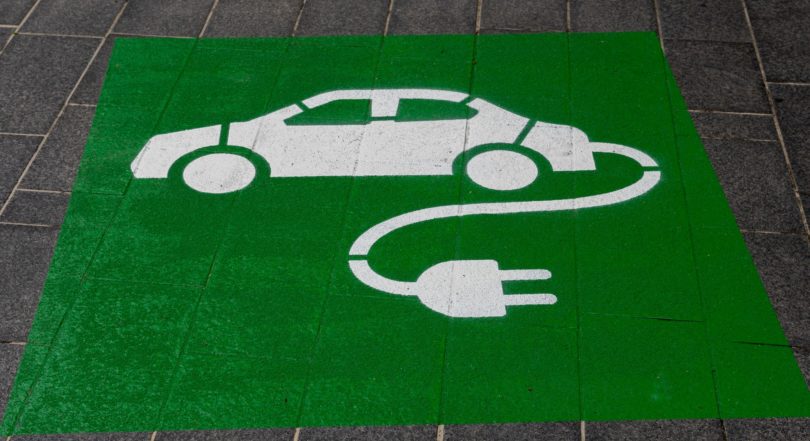
Source: usplash.com
Conclusion
An effective way to extend EV battery life is to pay attention to the battery temperature when charging and discharging. According to the manufacturer’s recommendation, the SOC usage window of the battery pack is 10%-90%. Simply put, it is to try to prevent the battery from being used to recharge; at the same time, it is advisable to charge it to 80-90% each time. Prevent the battery from being over-discharged and over-charged. In addition, if possible, use household slow charging as much as possible to reduce the number of fast charging. After all, often charging and discharging under high rate and high-temperature environment will greatly affect the life of the battery pack.




